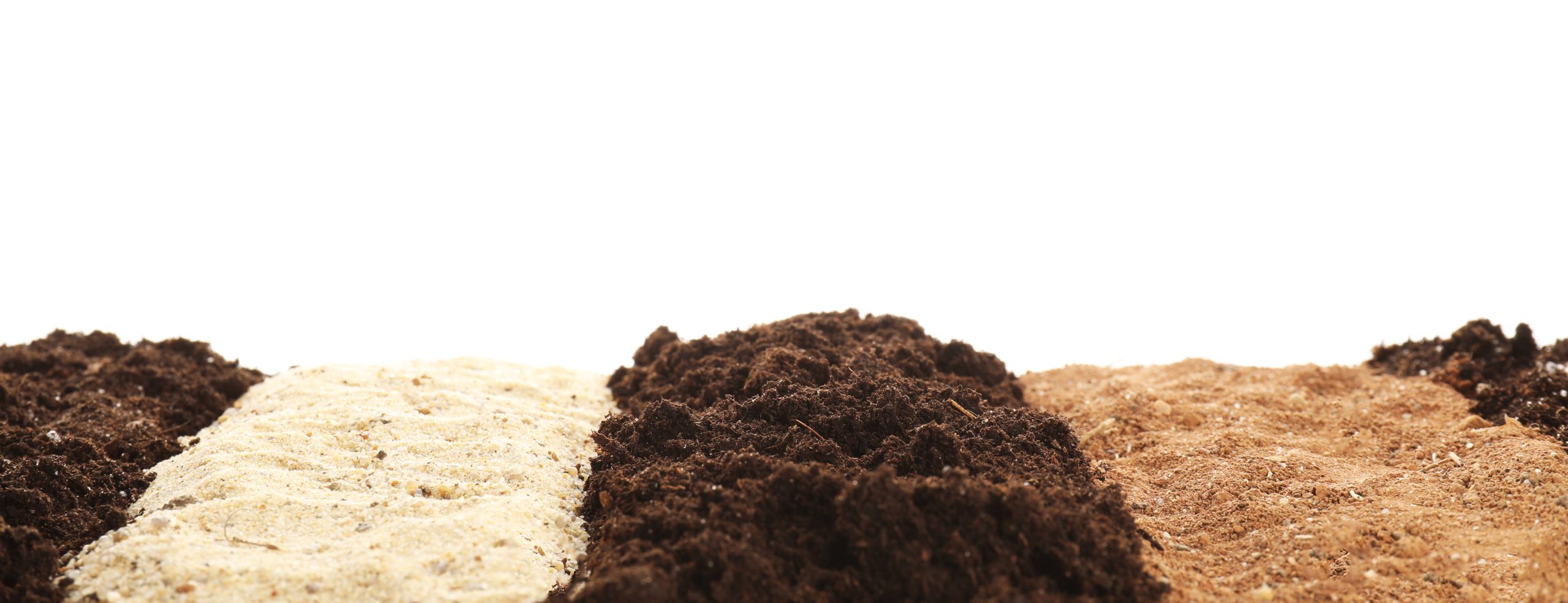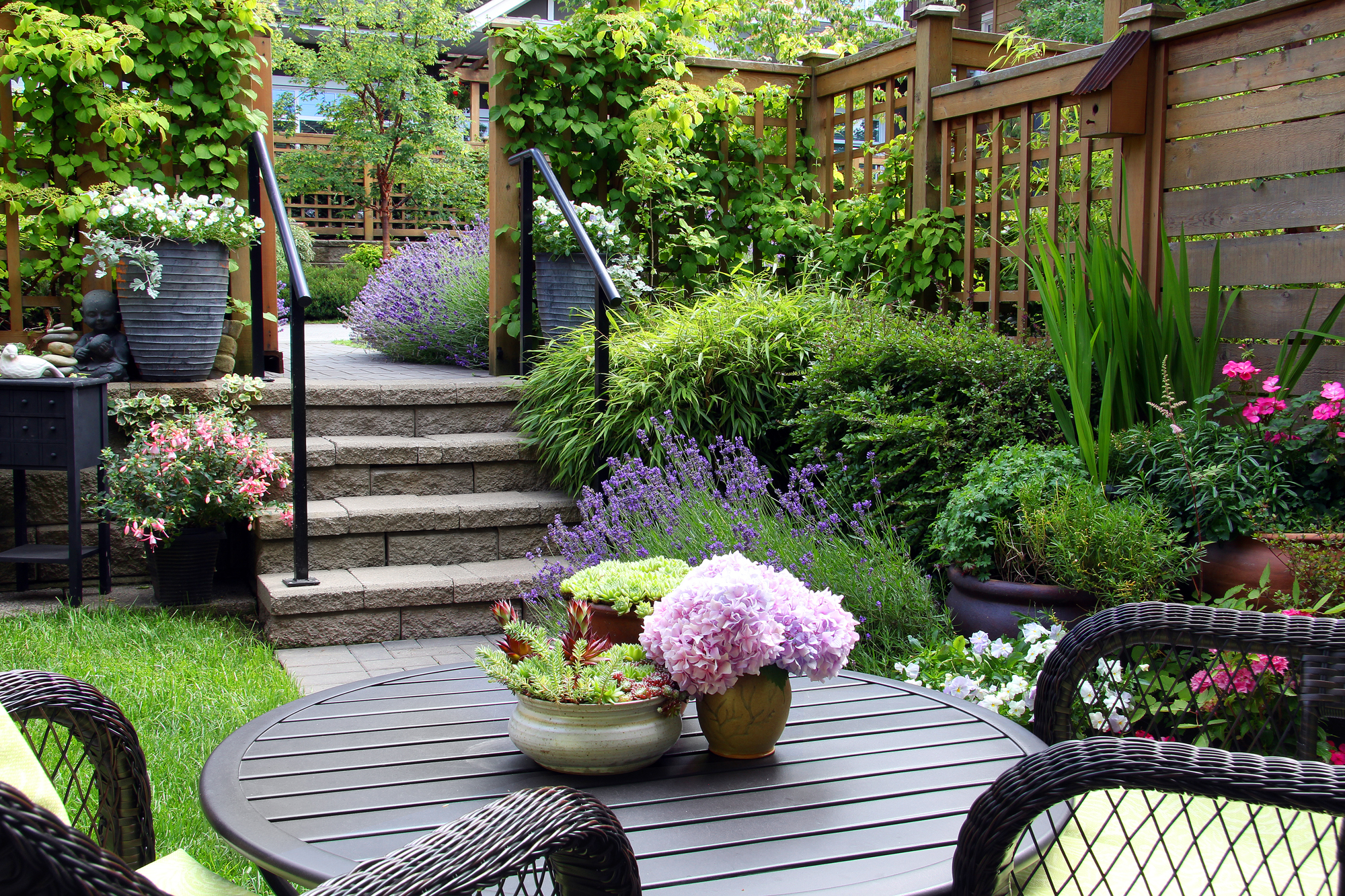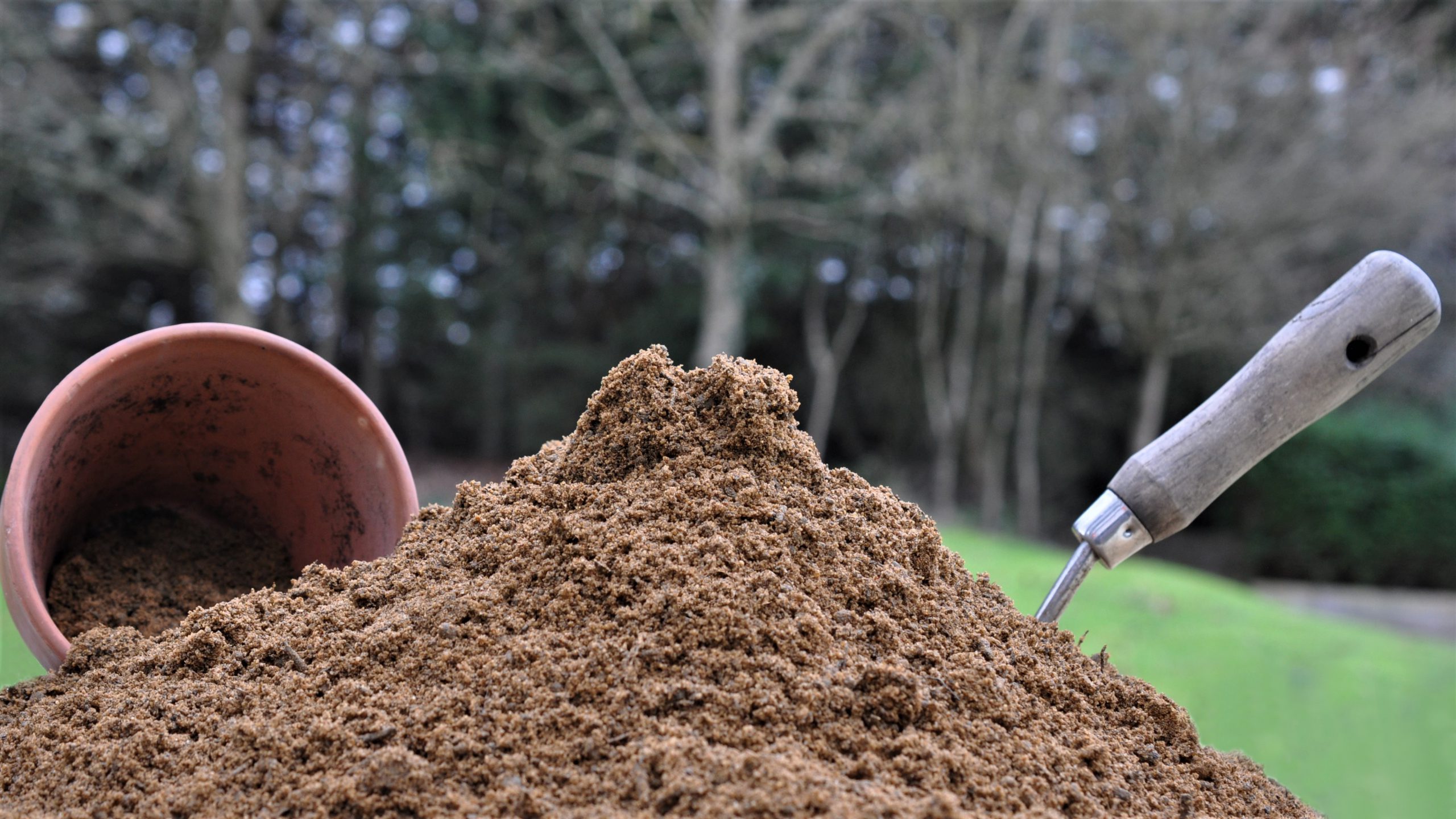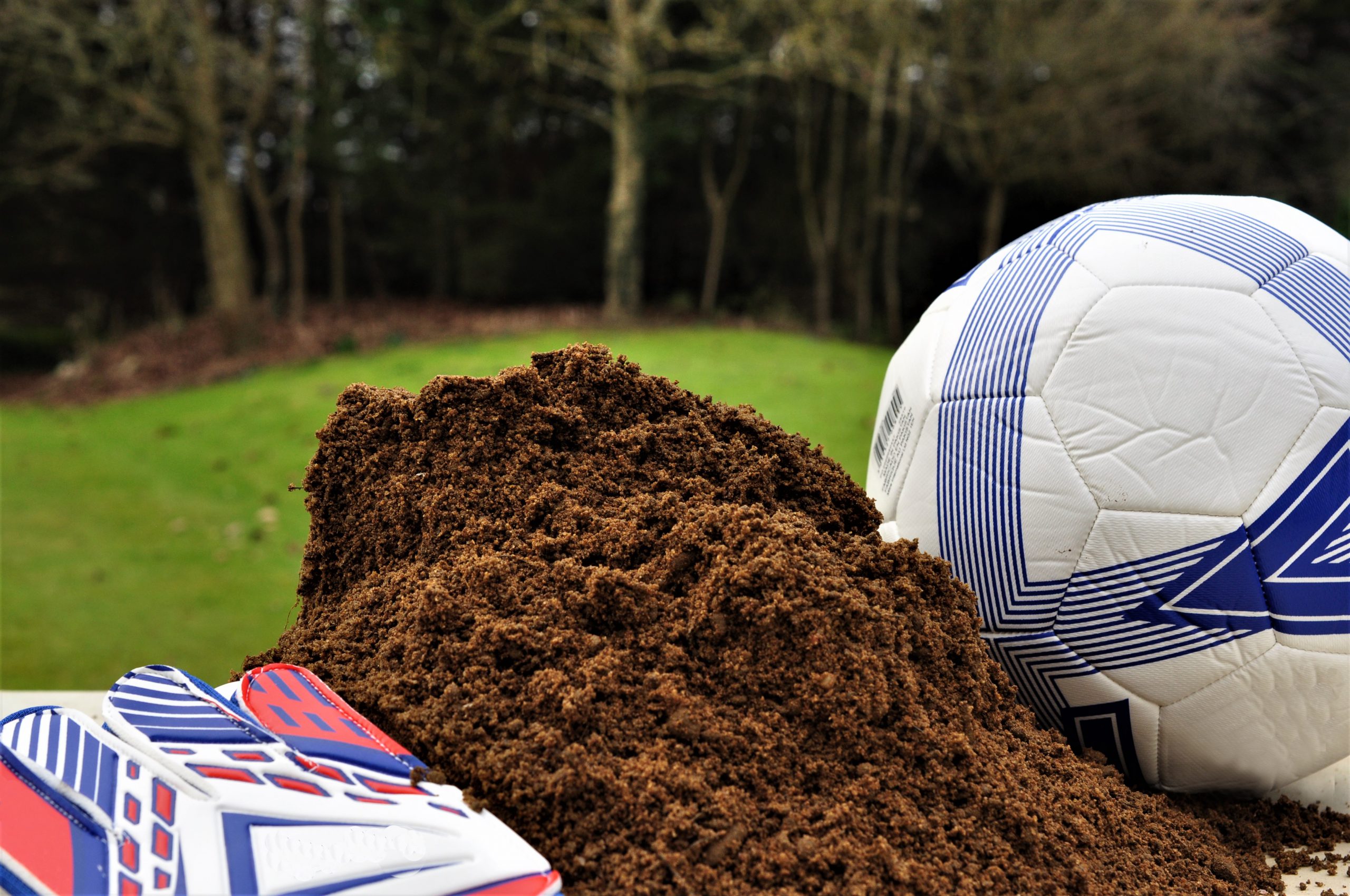Soil is the lifeblood of any garden, providing warmth, moisture, and nutrients for plants. But did you know that not all soil is the same? There are six main soil types in the UK, each with unique qualities and quirks. This guide will help you to identify, enhance, and plant harmoniously with the soil you have, ensuring healthy, successful, and productive plants for years to come.
The best way to get to grips with your soil is by getting a grip of your soil! Your hands are fantastic, tactile tools for identifying soil. Rubbing it between your fingers will give you a pretty good idea of what you’re working with.
Chalk
Chalky soil will feel dry, with large, dusty, particles. Its free-draining so isn’t prone to becoming waterlogged or compacted but will lose nutrients and moisture easily. Adding fertiliser and organic matter like mulch will replenish nutrients and retain water. Chalk soils are alkaline, which can stunt growth and cause leaves to yellow. Balance the pH by adding, nitrogen, sulphur, or sphagnum. Rosemary, Thyme, Lavender, and Lilac are all chalky soil lovers, but avoid lime-hating ericaceous plants.
Clay
Clay soil will feel heavy, moist, and slimy, and hold its shape when rolled into a ball. It warms up quickly during the spring and retains heat, but often becomes very dry and cracked during the peak of summer. In wet and cold weather, it is prone to becoming waterlogged and compacted. Avoid treading on clay soil wherever possible. Clay soil is very fertile, so won’t need much enrichment. Instead, focus on improving the structure by adding gypsum, coarse grit, or bark to aerate the soil and aid drainage. Roses flourish in clay soil, as do summer fruits and hardy perennials.
Peat
Peat soil is dark coloured and slightly spongy to touch. Although it contains plenty of organic matter, its acidity stifles nutrients, so regular fertilisation is needed. Peat soils heat up quickly in spring and retain moisture well, but can become waterlogged, so consider digging drainage channels or adding gravel. Heathers, Camellias, and ericaceous plants such as Azalea will flourish in acidic peat soil. Alternatively, you can add lime to reduce the acidity.
Sand
Sandy soil feels gritty and crumbles easily. It is often acidic, and its loose structure means it loses nutrients and moisture easily, so add plenty of wet organic matter like compost, sphagnum moss, or manure. Slow-release fertilisers are great for loose sandy soils. Opt for drought-tolerant or semi-exotic plants like Buddleja, Lavender, and succulents.
Silt
Silty soils feel light, soft, and almost soapy in your hands. Despite being free draining, they retain nutrients well, but can become easily compacted. Adding loose organic matter will improve aeration. Most vegetables are well suited to silty soil, as well as trees like Willow and Birch.
Loam
Loamy soil has a fine but moist texture that holds its shape when rolled into a ball. If you have loam soil, consider yourself blessed! It’s the easiest soil to work with, not too loose or too dense, usually nutrient-rich, and warms up quickly in spring. Loamy soil will support almost every type of plant with minimal intervention. A little additional compost in spring and the occasional feed during the peak of the growing season should be sufficient to keep your plants contented in a loamy border.
References
Barton, R. (no date). Know Your Garden Soil: How to Make the Most of Your Soil Type. Available at: https://learn.eartheasy.com/articles/know-your-garden-soil-how-to-make-the-most-of-your-soil-type/#:~:text=Great%20for%3A%20Shrubs%2C%20climbers%2C,which%20have%20adequate%20adequate%20drainage.
BBC. (2014). Soil Types. Available at: https://www.bbc.co.uk/gardening/htbg/module1/soil_types1.shtml
Chen, A. (2021) 8 Common Soil Problems (And How to Fix Them). Available at: https://defiel.com/common-soil-problems/
Gardeners World. (2019). Find out your soil type. Available at: https://www.gardenersworld.com/plants/find-out-your-soil-type/#:~:text=There%20are%20six%20main%20types,%2C%20peaty%2C%20sandy%20and%20silty
Gardeners World. (2019). Best plants for alkaline soils. Available at: https://www.gardenersworld.com/plants/best-plants-for-alkaline-soils/
Gardeners World. (2019). 10 flowers for clay soil. Available at: https://www.gardenersworld.com/plants/10-flowering-plants-for-clay-soil/
Gardeners World. (2019). Plants for light and stony soil. Available at: https://www.gardenersworld.com/plants/plants-for-light-and-stony-soil/
Hayes, B. (no date). 6 Types of Soil and Which Plants Grow Best on Them. Available at: https://morningchores.com/types-of-soil/
Residential Plantings. (No date). Common Soil Problems and Solutions. Available at: https://residentialplantings.com/tips/common-soil-problems/
RHS. (no date). Soil types. Available at: https://www.rhs.org.uk/soil-composts-mulches/soil-types



